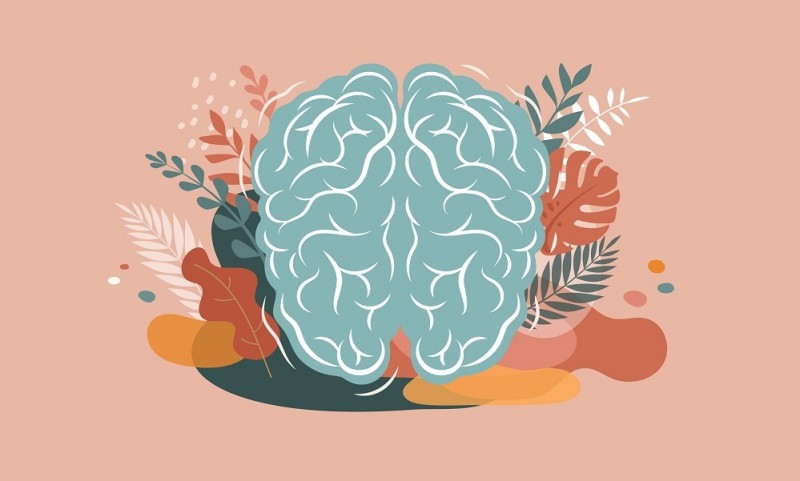The low triglyceride diet has become a focal point in conversations about wellness, beauty, health, and weight management. It’s a dietary approach that targets a specific type of fat in your body – triglycerides. High levels of this fat have been linked to heart disease and other health issues, making the low triglyceride diet beneficial for those who want to lead a healthier lifestyle.
Understanding the low triglyceride diet begins with knowing what triglycerides are. Essentially, they’re a type of fat found in the blood. When you consume more calories than your body needs, particularly from carbohydrates and fats, your body converts these excess calories into triglycerides and stores them in your fat cells. These stored triglycerides can be released later by hormones to provide energy between meals.
A 2024 study from the Journal of Nutritional Health found that high levels of triglycerides can increase the risk of heart disease and stroke. The American Heart Association has also stated that high triglyceride levels, combined with low HDL cholesterol or high LDL cholesterol, can speed up the buildup of plaque in the artery walls, a condition known as atherosclerosis.
So, how can you reduce your triglyceride levels? The answer lies in adopting a low triglyceride diet. This diet emphasizes the consumption of foods that are low in saturated and trans fats, cholesterol, and sugar. It also encourages an increase in the intake of fiber, omega-3 fatty acids, and lean proteins.
Healthy fats such as those found in avocados, nuts, seeds, and olive oil are an integral part of a low triglyceride diet. These foods contain monounsaturated and polyunsaturated fats, which have been shown to lower triglyceride levels. A 2025 study published in The American Journal of Clinical Nutrition found that a diet high in these types of fats significantly reduced triglyceride levels in participants.
Another key component of the low triglyceride diet is fiber. Consuming fiber-rich foods like fruits, vegetables, legumes, and whole grains can help reduce the absorption of fat and sugar in your bloodstream, thereby lowering your triglyceride levels. Additionally, these foods can help you feel fuller for longer, reducing the risk of overeating and weight gain.
It’s also important to limit your intake of sugar and alcohol. Both of these substances can cause your liver to produce more triglycerides, leading to higher levels in your blood. Instead of sugary drinks, opt for water, unsweetened tea, or flavored seltzer. Swap out sweets and processed foods for fresh fruits and vegetables.
While diet plays a significant role in managing triglyceride levels, it’s equally important to incorporate physical activity into your routine. Regular exercise can help your body use up stored triglycerides as energy, helping to reduce your overall levels.
Adopting a low triglyceride diet can be a powerful step towards achieving better health. It can help you maintain a healthy weight, reduce your risk of heart disease, and promote overall well-being. However, it’s always advisable to consult with a healthcare provider before making significant changes to your diet or lifestyle.












 : eval()'d code(1) : eval()'d code(1) : eval()'d code(1) : eval()'d code</b> on line <b>2</b><br />
https://mindbodyfuell.com/wp-content/themes/baobao/default.jpg)
